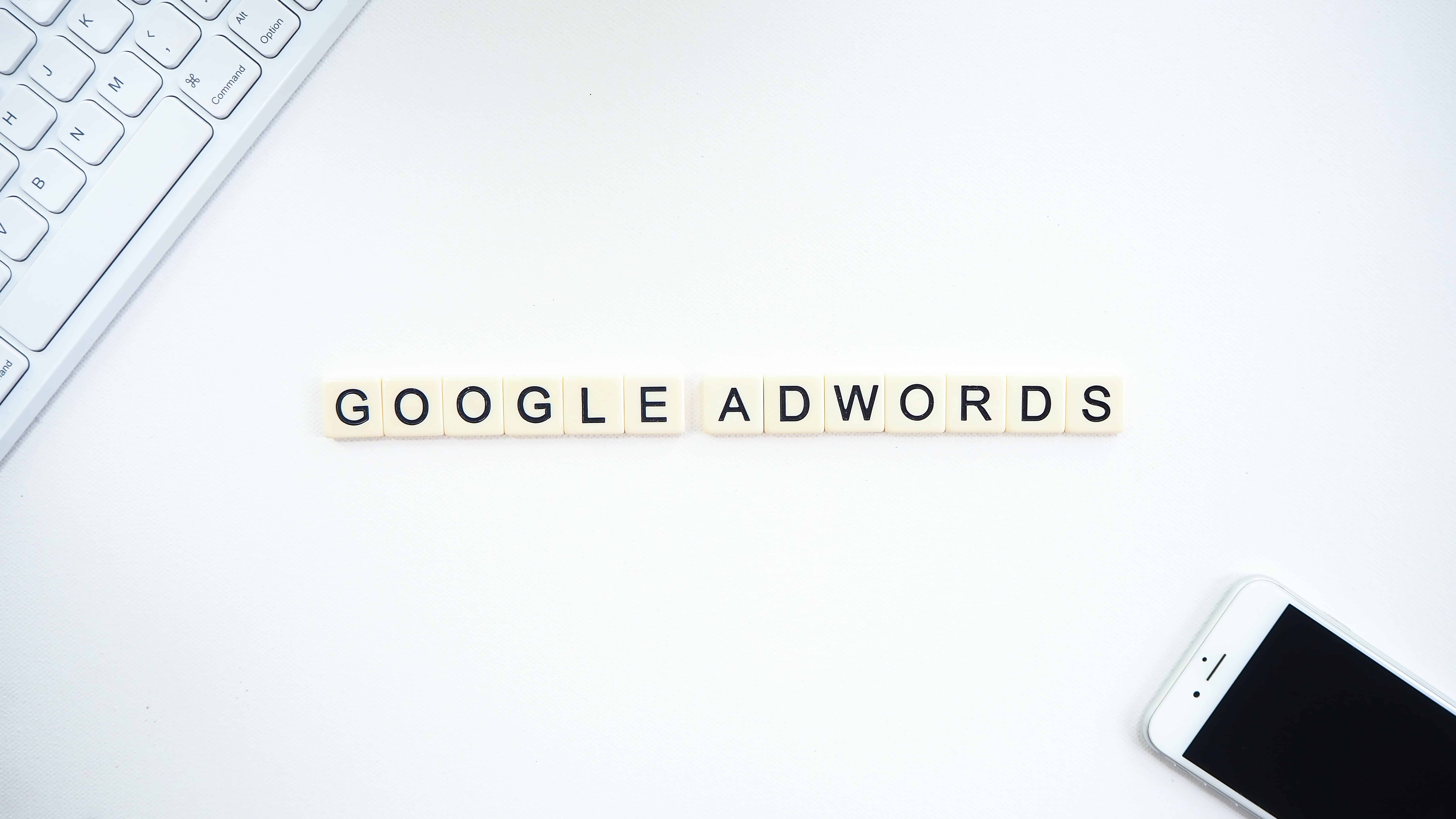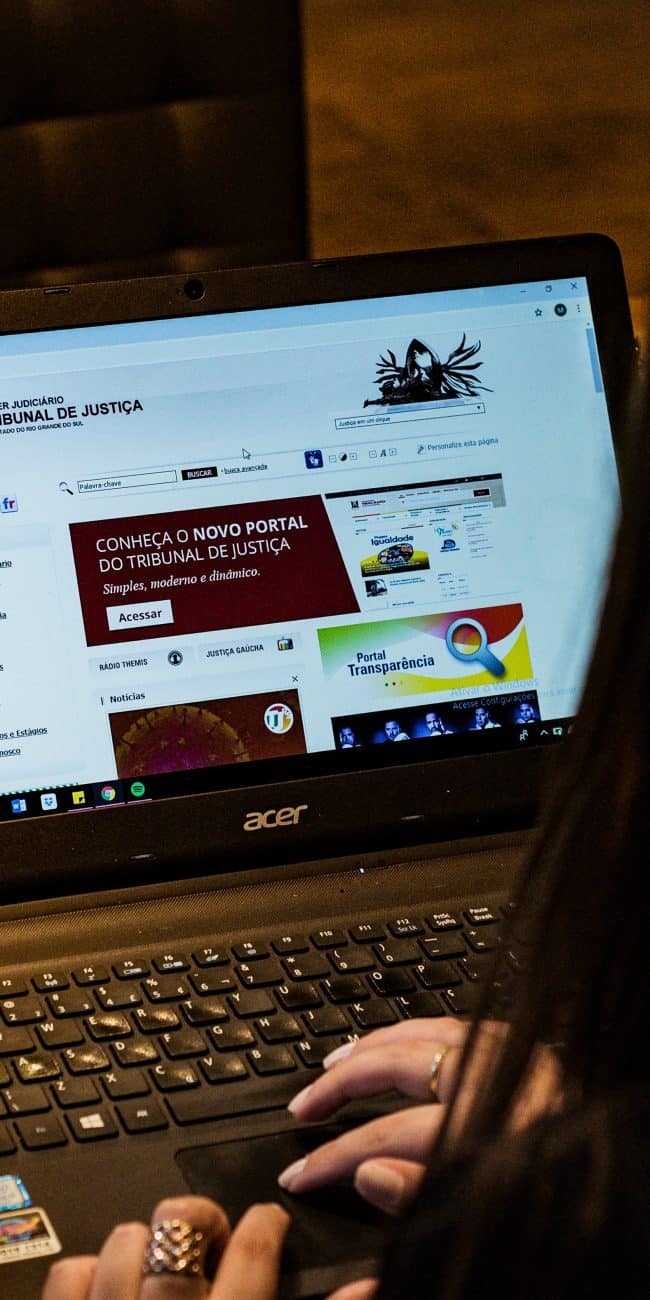

On a quest to deliver the best mobile experience to consumers, Google continues to innovate. Coming sometime in early 2018, Google AdWords will roll out “parallel tracking.” Though this may not sound like the most earth shattering announcement, it will be a welcome technology for companies using AdWords (directly), and the end user that clicks through the ad (indirectly). It is posted in Akamai’s The State of Online Performance (April, 2017) that a one-second delay for a mobile page load could decrease conversion by up to 20%. In other words, it’s kind of a big deal…
What is parallel tracking and how does it work?
The concept is fairly simple. Basically, when a consumer click on an ad, they will be taken directly to the landing page, and the browser will simultaneously handle URL tracking requests in the background. Take a look at this handy gif, created by Google AdWords, to see a visual representation of what’s going on:
Step 1: The consumer clicks the ad.
Step 2-A: The consumer is taken to the final landing page immediately.
Step 2-B: Background tracking and redirects occur simultaneously.
fin.
In the current setup, all the tracking and redirects happen before the user is sent to the landing page. This is why delays can and do occur. In some cases, the delays can be several seconds, greatly increasing bounce rates and diminishing returns.
How does this affect the end user?
It enhances the UX. Less frustration and down time increases the likelihood of conversion. Good times abound.
How does this affect you, the AdWords user?
This is important: if you are currently using a third-party to do your tracking, you need to reach out to them immediately, if not sooner. You need to confirm that their platform will be able to jive with parallel tracking. Google anticipates it will take most providers some time to get up to speed. Some time = several months.
If you have require further assistance or have questions about parallel tracking, we highly suggest you visit the AdWords Help Page.








